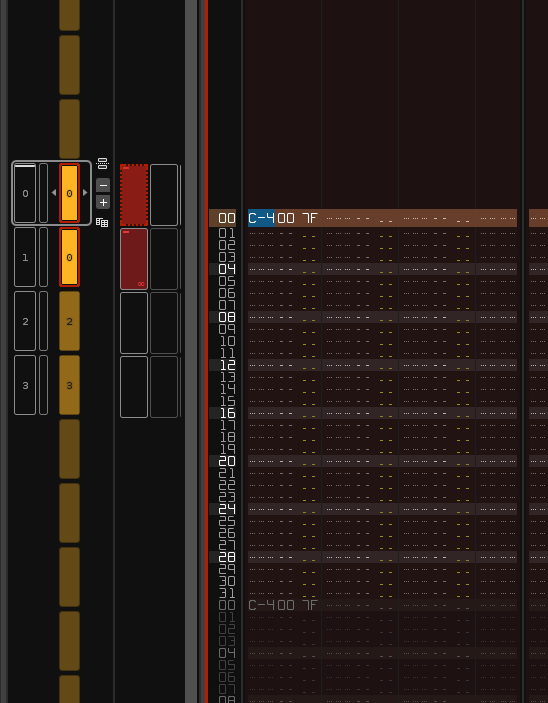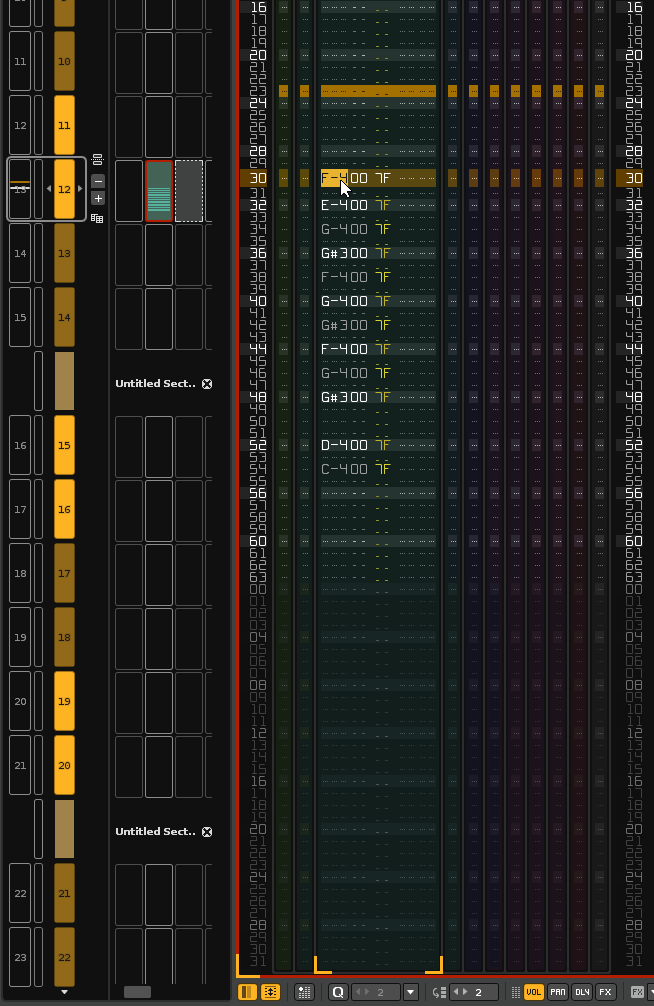If I was asked (I know I am not),I would consider the last, “doubled” point in the automation lane as conceptual flaw, since it leads into a lot of nonsense. Instead the automation lane should always look into next patterns next point. Ok there are pattern boundaries, who btw. actually needs to repeat a pattern using the same pattern number at all?! Still only have 64kb of RAM?
IMHO remove pattern repetition possibility at all (only keep numbering for comfort reasons, but not editable, auto increasing), remove vertical aliases (it is not that hard to use shift-f4 / shift f5), make automation drawing and handling boundary-less, make a linear representation of the song position in the api, not caring for patterns at all, then people can easily adapt their tools to make it work boundary-less and also Renoise internal tools easily can adapt, like adv. edit.
Since talking about removing not helpful complexity: Then remove instrument numbers, and the instrument list (or make it a track overview instead), put the instrument into the track chain at the left position as in Bitwig, then the instrument device also will be the automation device, no more cluttering or possible use of multiple autom. devices or on tracks not related to, etc.
Then remove all old versions Renoise backwards compatibility (people still can use Renoise 3.11), remove all “old mode - want to convert?” - behaviour (but no need to remove old dsp, doesn’t hurt), only one time write a 3.11->new version converter / song import so old songs adapt to the new structure, without any option. This to unclutter the amount of code. (Of course keep ft2 / protracker import).
API would break a bit, but also not that hard to fix for the tool devs, and in the end, it will be a lot more easy to use.
Super Renoise geeks gonna hate me now.




